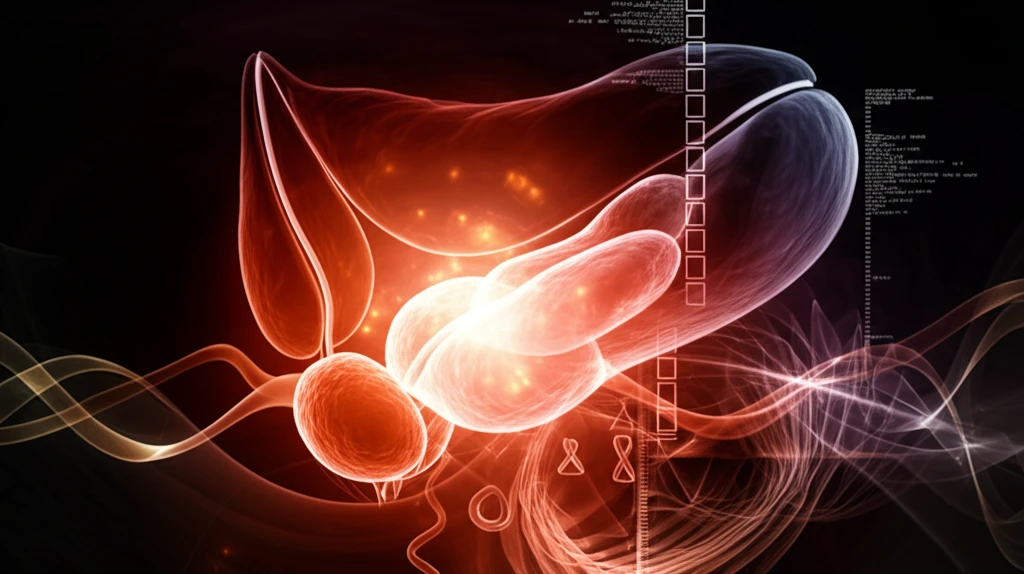
Prostate Cancer Treatment: Is ADT Plus Radiation the Right Choice for You?
"Exploring Androgen Deprivation Therapy (ADT) in Combination with Radiation for Clinically Localized Prostate Cancer"
Prostate cancer is a significant health concern for men worldwide. When diagnosed early, while still localized within the prostate gland, treatment options range from radiation therapy to surgery. Among these approaches, external beam radiotherapy (EBRT) has emerged as a well-established and definitive method for treating clinically localized prostate cancer (CLPCa).
Historically, EBRT was often administered alone. However, medical advancements have revealed the benefits of combining EBRT with androgen deprivation therapy (ADT). ADT works by lowering androgen levels in the body, which can slow the growth of prostate cancer cells. Studies have demonstrated that this combination not only improves biochemical control but also leads to better survival outcomes for patients.
This article explores the use of ADT in combination with radiation therapy, providing insights into its effectiveness, optimal duration, and considerations for different patient populations. Whether you're a patient, caregiver, or healthcare professional, understanding these aspects is crucial for informed decision-making in prostate cancer treatment.
ADT Plus EBRT: Weighing the Benefits and Considerations

Deciding on the right treatment path for clinically localized prostate cancer (CLPCa) involves careful consideration. While external beam radiotherapy (EBRT) stands as a primary approach, the integration of androgen deprivation therapy (ADT) introduces layers of complexity and potential advantages.
- Enhanced Survival: For intermediate- and high-risk cases, ADT combined with EBRT significantly improves survival compared to EBRT alone.
- Biochemical Control: ADT helps to control the cancer by lowering androgen levels, slowing the growth of cancer cells.
- Essential Element: ADT is considered an essential component in definitive EBRT for most cases of CLPCa.
Making Informed Treatment Decisions
The journey through prostate cancer treatment requires informed decisions, personalized care, and a collaborative approach between patients and healthcare professionals. By understanding the nuances of ADT and EBRT, men can confidently navigate their treatment options and strive for optimal outcomes. The ultimate goal is to empower patients with the knowledge they need to take control of their health and well-being.
